The Hanbury Arms, Pontypool
The following two newspaper reports concerning strange experiences at The Hanbury Arms, Clarence Street, Pontypool were printed on 4 September 2012. The first, entitled ‘Ghostly goings on at Pontypool pub’ is by Natalie Crockett and appeared in the Gwent News.



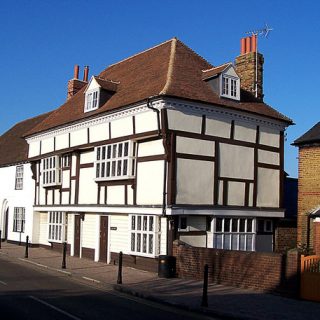
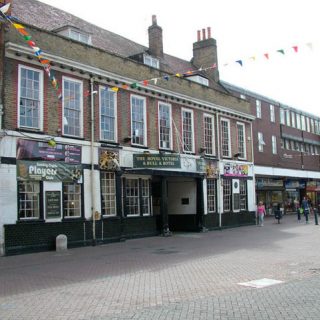

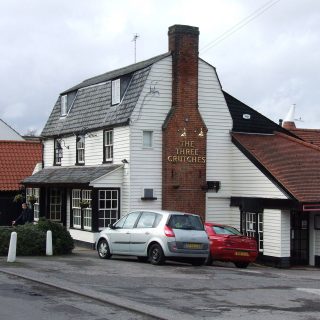
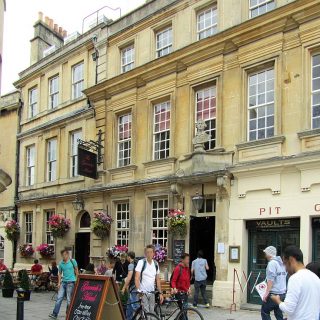
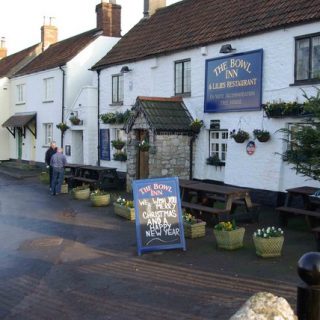
Recent Comments